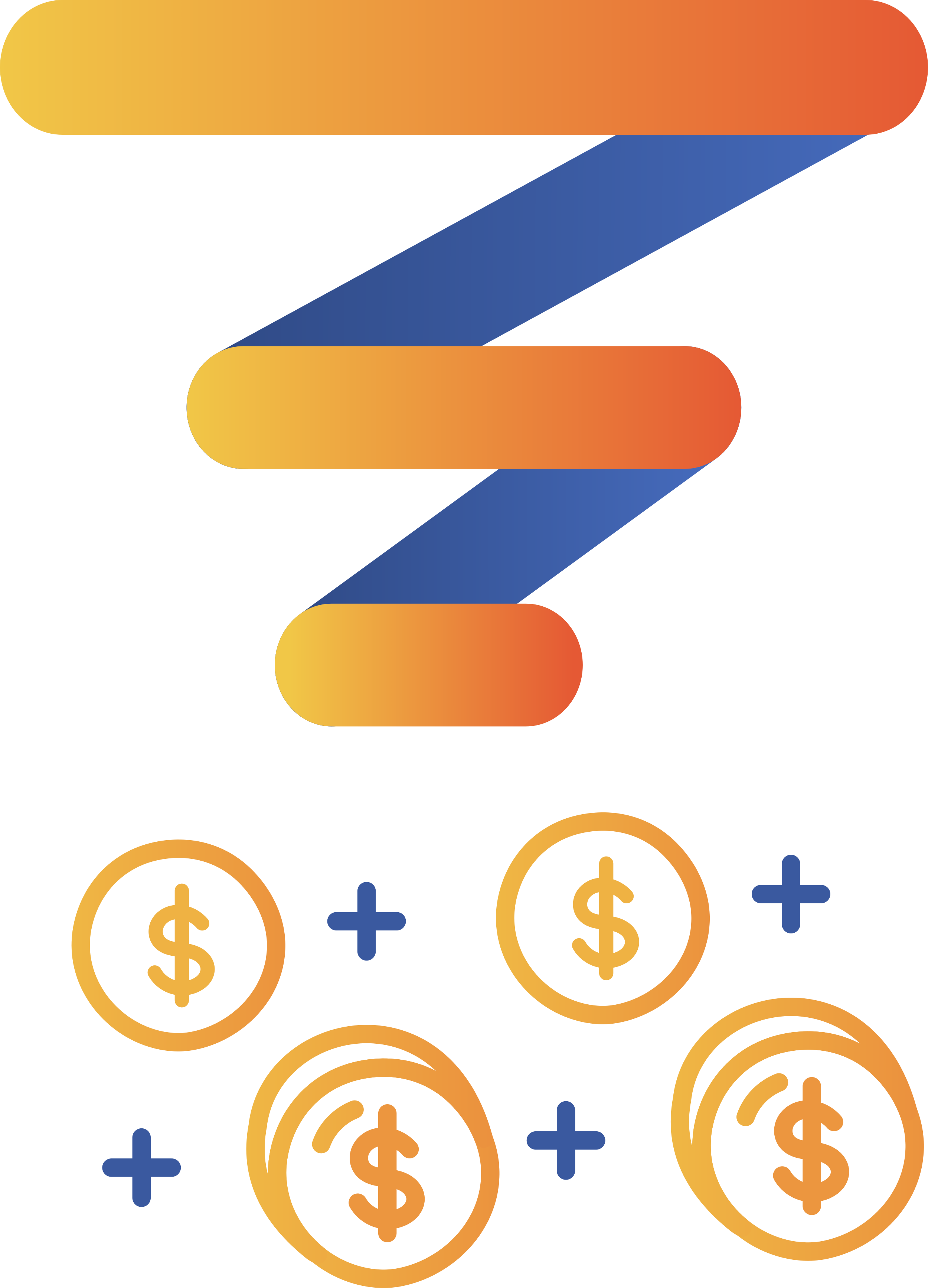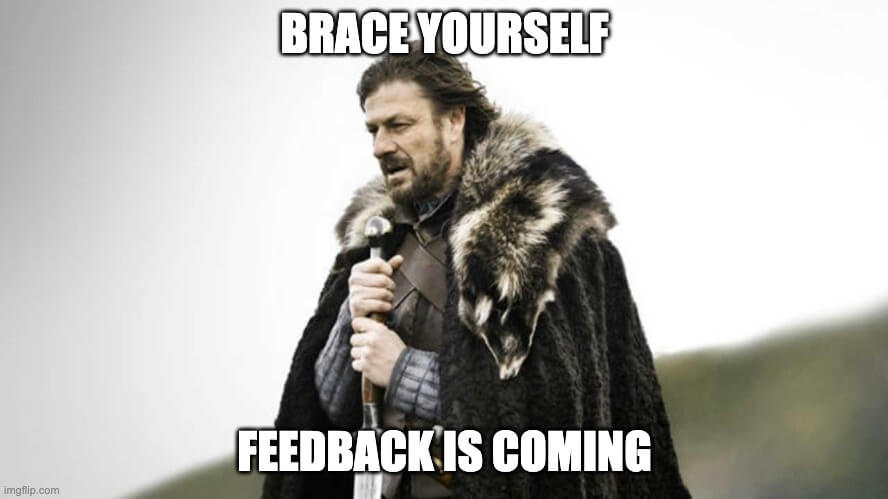In the dynamic world of sales, having the right CRM data tracking in place and automatically updated is essential.
With as little effort as possible, you need to understand what funnel stage (top, middle, bottom) each contact is in, and as they enter the bottom of your funnel, you’ll want to get even more granular using deal stages.
Understanding the Sales Funnel
A sales funnel visually outlines the customer journey, from initial awareness to making a purchase, using stages like awareness, interest, decision, and action.
CRMs enhance this model with discrete “Lifecycle” stages, even including categories like “not interested at all.”
Understanding these stages is crucial for effectively guiding prospects toward a sale, enabling businesses to tailor strategies and boost the chances of successful conversions.
In essence, mastering the sales funnel empowers businesses to optimize their sales processes and navigate customer interactions more effectively.
Analyzing Customer Behavior within a CRM
You’ll need lots of lenses from which to analyze your sales funnel and remember that crm hygiene is critical and if you want reliable insights.

Recall the one and done meaning? You want to 100% sure that your sales cycles and move as quickly as possible by getting your touches out.
Original Source
Top of Funnel Sources: As you start to analyze the behavior of various users over time, you’ll likely surmise that different original sources send visitors in different places in their buying cycle. Original sources that a good CRM like HubSpot can identify include:
- Offline Sources – These are contacts that were hand entered, often because you are are running an ABM funnel.
- Integration – Many modern list providers allow you to “push” contacts directly into a CRM.
- Organic Social – These are contacts that come over from a post or the URL of page.
- Paid Social – These are contacts that come into existence via ads on Facebook, Twitter, LinkedIn, etc.
- Organic Search – These are contacts that reach your site from SEO efforts, usually via Google search results.
- Paid Search – These are ads you pay to run within search results on Google as well as other placements.
- Direct – These are people that just type your URL into their browser. They may be word of mouth or perhaps saw a sign or print media.
- Referral – Setting aside all of the sources above that get their own designation, these are other sites that send you traffic via linking to your content.
In many case, visitors from organic social are going to move down your funnel much slower than someone who came over via a search phrase with implied purchase intent.
Campaigns: Modern CRMs sync natively to the major ads engines: Google, Meta, and LinkedIn. So when a contact comes into existence, you have an added layer of PPC intelligence because you can assume the value proposition and persona based on how you targeted your ads (assuming you did that in a logical way).
Page Interaction:
- Session & Page Visit Counts: A good CRM collects data on your site’s visitors, even before it knows their email address. You should be able to see what pages each visitor has touched on each of their sessions. A higher session count is generally a strong indicator that there is interest even if your call to action hasn’t been accepted yet. You may wish to automate an increasing Lead Score to make it easier to spot these people.
- Time on Page: Identify which blog posts, videos, or other content types are most engaging. Look at metrics like time spent on page, shares, and comments. If you have session records enabled via Hotjar, you can sync them via the HubSpot Hotjar integration.
- Off-Putting Content: Pinpoint where potential customers are leaving your sales funnel. Is it during the sign-up process, at the pricing page, or somewhere else?
Conversion Rates:
- Stage-by-Stage Analysis: Break down the conversion rates for each stage of the funnel. For instance, how many website visitors fill out a contact form (lead conversion), and how many of these leads turn into paying customers (sales conversion)?
- Comparative Analysis: Compare these rates over different time periods to identify trends or the impact of specific changes or campaigns. For some types of companies, seasonality is present. Don’t “blame” other issues if you see negatives trends that should be attributed to your “low season.”
Customer Feedback:
- Direct Surveys: Use tools like SurveyMonkey or Google Forms to create and send surveys to your customers. Ask about their experience, what they liked, and what could be improved.
- Social Listening: Monitor social media for mentions of your brand, products, or services. Tools like Hootsuite or Brand24 can help track these mentions and gauge customer sentiment.

A/B Testing:
- Email Campaigns: Test different subject lines, email content, and call-to-actions to see which yields higher open and click-through rates. With HubSpot, you can see A/B within a sequence and see the results as they come in.
- Landing Pages: Experiment with various elements like headlines, images, and layout designs to see which combinations drive more conversions. Your PPC intelligence can surface your best ad<>landing page combinations. You see this data in your CRM in the website analytics reporting.
Predictive Analytics:
- Lead Scoring: Use predictive analytics to score leads based on their likelihood to convert. This helps in prioritizing efforts on the most promising leads. Session counts and downloads of content raise scores. Booking a demo raises the score by a lot and should probably open a deal as well. With your CRM in order, you can implement a weighted pipeline and help your team focus on the low-hanging fruit.
- Market Trends: Analyze external data like market trends, economic indicators, and competitor performance to predict how these factors might impact your sales funnel.
Customer Journey Mapping:
- Visual Representation: Create a visual map of the customer journey to understand the different touchpoints and experiences customers have with your brand. The “Activity” tab on a contact record in HubSpot or the equivalent in SalesForce, etc. should show you sequentially all page visits, chats, phone calls, emails received, etc. Lay those out in a workflow mapping tool and look for opportunities to deliver value faster.
- Pain Points Identification: Use this map to identify common pain points or areas where customers seem to disengage.
Segmentation Analysis:
- Demographic Segmentation: Look at how different demographic groups move through your sales funnel. Are there differences in behavior based on age, location, or other factors? You’ll need to add this data to records in the first place in order to use it to segment. If you work in Bank Marketing, you have a wealth of data, and segmenting it can help target your sales outreach more effectively.
- Behavioral Segmentation: Analyze how different customer behaviors (like frequent purchasers vs. one-time buyers) correlate with movement through the funnel. What’s different between high-dollar versus low dollar? Each of these should be treated as its own funnel to be optimized.

Sales Team Feedback:
- Direct Input: Regularly gather feedback from your sales team. They can provide insights on customer reactions, objections they face, and the effectiveness of different sales tactics. CRM’s allow internal notes to be taken on contact and deal records and broadcast to other team members via @ comments. Another great CMO interview question is “What type of feedback are you able to provide to sales teams?”
- Sales Call Analysis: Review recordings of sales calls (if available) to understand customer concerns and questions at various stages of the funnel.
By diving deep into these areas, you can gain a comprehensive understanding of how leads interact with your sales funnel and where there are opportunities for optimization.
This detailed analysis is key to refining your sales strategy and achieving better results.
What Data to Track Throughout the Sales Funnel CRM
- Lead Source Tracking: Identify which marketing efforts are bringing in the best leads. This helps in allocating resources effectively.
- Customer Engagement Metrics: Track how leads interact with your emails, website, and social media. Metrics like email open rates and page views are crucial.
- Sales Cycle Length: Measure the time it takes for a lead to become a customer. This helps in identifying bottlenecks in the sales process.
- Customer Lifetime Value (CLV): Estimate the total value a customer is expected to bring over their relationship with your company.
- Churn Rate: Monitor when and why customers drop out of the funnel. This can highlight areas for improvement in customer retention strategies.
Integrating Insights and Data for Optimal Performance
Effectively integrating insights from sales funnel analysis with CRM data is crucial for enhancing sales performance. This process involves transforming funnel insights into actionable strategies and tailoring your CRM to track these specific insights. For instance, if a high drop-off rate is identified at a certain funnel stage, strategies should be developed to improve engagement, and your CRM should be adapted to monitor these changes.
A CRO expert can help align the efforts of sales and marketing teams. Both teams should work towards shared goals, understanding their impact on the sales funnel, but the handoff can often be challenging. Top sales funnel consultants understand both the sales and marketing roles and how to help them help each other.
A feedback loop between these teams can lead to more informed and effective strategies.
Additionally, funnel insights should be used to enrich customer profiles in the CRM, incorporating details like preferences and engagement history to personalize marketing and sales efforts.


Professor’s Note
Synergy, in the context of sales and marketing teams working together, refers to the strategic collaboration between these two departments to enhance overall business performance.
This synergy arises when the sales and marketing teams align their goals, strategies, and activities, leading to a more cohesive and effective approach to market penetration, customer engagement, and revenue generation.
By sharing insights, data, and resources, they can create more targeted and consistent messaging, understand customer needs better, and efficiently convert leads into sales.
This collaborative effort often results in a more seamless customer journey, improved customer satisfaction, and increased profitability for the company.
See our article on Setting the Table in a Complex Go-to-Market Strategy for more detail.
Predictive modeling, using CRM data combined with funnel insights, allows for proactive strategy development and staying ahead of market trends. This approach should be iterative, with regular reviews and adjustments based on new data and market changes. Key Performance Indicators (KPIs) should be established to measure the effectiveness of these strategies.
Training the team in effectively using CRM data and insights is vital, as is fostering a culture that values data-driven decision-making. Utilizing technology to integrate CRM data with other tools, and providing access to real-time data, enables informed and efficient decision-making.
By integrating sales funnel insights with CRM data, you create a synergy that drives improvements in the sales process, enhancing customer understanding and equipping the team with the tools needed for effective engagement and sales closure.
Tools and Resources
To effectively analyze and optimize your sales funnel, as well as to track and interpret CRM data, leveraging the right tools is essential.
Here are some recommended resources:
- CRM Software: Platforms like Salesforce and HubSpot offer comprehensive features for tracking customer interactions, managing leads, and analyzing sales data. These tools are invaluable for maintaining detailed customer profiles and monitoring sales funnel performance.
- Analytics Tools: Google Analytics and Mixpanel provide deep insights into website traffic and user behavior. They help in understanding how visitors interact with your site and where they drop off in the sales funnel. Hotjar records “sessions” where you can actually watch your users navigate your site. It integrates directly with HubSpot to put that data on a particular contact’s activity tab.
- Email Marketing Tools: Services like Mailchimp are excellent for managing email campaigns if you don’t have a CRM that can handle it internally. They are redundant to HubSpot. They offer features for A/B testing, which is crucial for optimizing email communication within your sales funnel.
- Survey Tools: Gathering customer feedback is made easier with tools like SurveyMonkey and Typeform. These platforms can help you design engaging surveys to collect valuable insights from your customers.
- Heat Mapping Tools: Understanding user interaction on your website is critical. Tools like Hotjar or Crazy Egg provide heat maps, scroll maps, and other visual representations of how users engage with your site.
- Landing Page Tools: Platforms like ClickFunnels and Leadpages are cheap add-ons that specialize in creating and optimizing landing pages and drips if you don’t know how to do them in WordPress and your CRM of choice.
- Predictive Analytics Software: Advanced tools like Tableau or Looker can help in predictive modeling and data visualization, offering a more sophisticated analysis of sales trends and customer behavior.
Each of these tools offers unique features that can help you in different aspects of managing your sales funnel and CRM data. It’s important to choose tools that align with your specific business needs and integrate well with your existing systems.
Conclusion
Mastering your sales funnel and effectively tracking CRM data are not just about having the right strategies; it’s also about continuously learning and adapting. The insights you gain from your sales funnel and CRM should inform every decision you make, helping you to better understand your customers and meet their needs more effectively. Remember, the goal is not just to move leads through the funnel quickly but to create a journey that is engaging and satisfying for the customer, leading to long-term relationships and sustained business growth.
As you implement the strategies discussed, keep in mind that the landscape of sales and customer relations is ever-evolving. Stay adaptable, be willing to experiment, and always keep your customer’s experience at the forefront of your strategy.
With the right approach, tools, and mindset, you can turn your sales funnel into a powerful engine for business growth and customer satisfaction.
If you need help with the above, feel free to reach out to us. At Sales Funnel Professor, we audit sales funnels and fix them as well as build go-to-market strategies and deploy them.
For Further Reading: What Is the Touch-1 Test in Conversion Rate Optimization?

